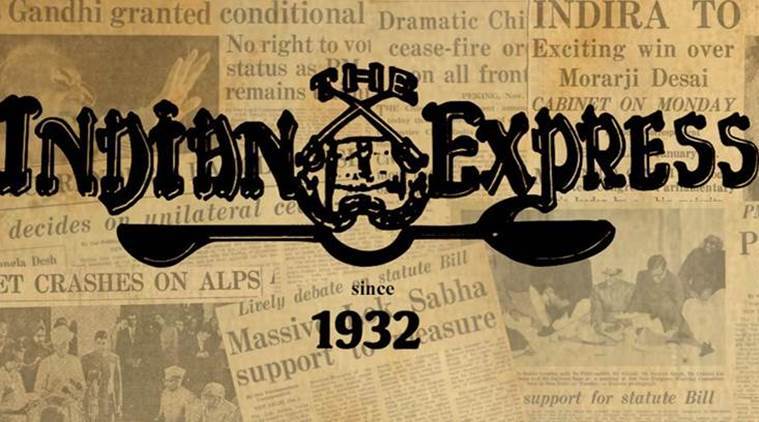 The use of the test in Indian cricket has raised questions even from within the BCCI.
The use of the test in Indian cricket has raised questions even from within the BCCI.
Yo-Yo test is here to stay. The philosophy is simple: You pass the test, you play. Whoever thinks it’s a one-off thing, he is sadly mistaken and that person can take a walk,” Ravi Shastri, Indian cricket team’s head coach, hit the metaphorical gavel on the recent controversy regarding the need for the aerobic endurance test to determine players’ selection. Perhaps, he and the team management should pause, take a deep breath. Even the creator of the Yo-Yo test, Jens Bangbo, a Dutch physiologist who formulated the test in the late 90s for football, isn’t convinced about India’s decision to use it as a selection parameter. “You cannot select players based on a single test,” Bangbo has said.
The test sparked a controversy after Ambati Rayudu, who starred in the IPL, lost out on an India spot after failing it, and Sanju Samson couldn’t tour England with India A after not clearing it. It is not a commonly-accepted test across the world. For example, the NBA doesn’t use it for selection as it is deemed that individuals are different physiologically and can’t be compared. The test, which uses beep methods and velocity bursts, is considered good for generic movement analysis.
The use of the test in Indian cricket has raised questions even from within the BCCI. Were any scientific tests done before making Yo-Yo the benchmark? Who in the Indian cricket board took the decision? Does this test overrule game skills and mental strength of players? Are the players familiar with the tests, as non-familiarity can affect the results? These are questions that deserve answers.